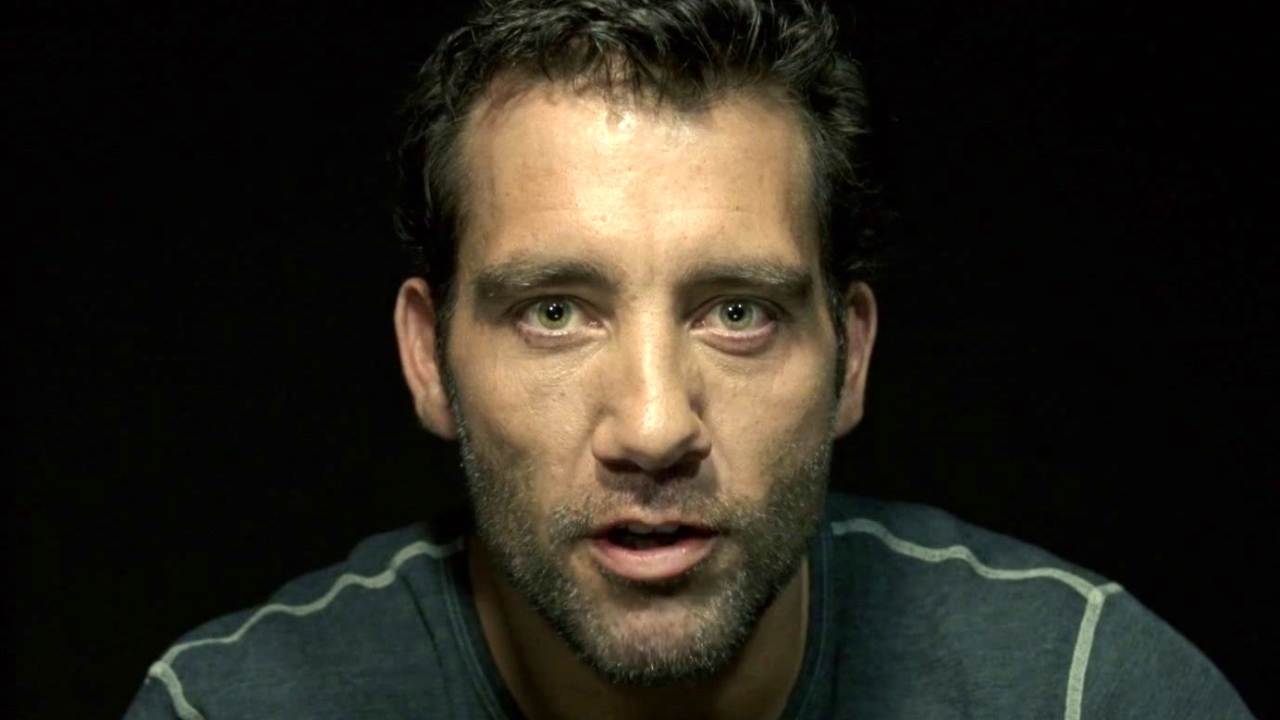
A constant throughout Hollywood history, heist movies almost always sort neatly into one of two categories: 1) a seasoned criminal needs to pull one more dangerous job in order to retire, and 2) a group of amateurs gets greedy and attempts a job they have no business pulling off. The beats are as consistent as a rom com: group meets cute with dangerous job, group plans job through technical exposition and montages, complication arises just before job, group nearly breaks up in the face of adversity, everything falls apart or everyone gets rich. Most heist movies are incredibly predictable, and even if they throw some little wrinkle in there (think The Lookout in which Joseph Gordon-Levitt suffers from memory issues), it’s not enough to overcome the rote quality of such a well-worn form.
But when lightning strikes and the right director finds the right project, heist films are capsules of movie magic.
In the first few years of the 21st century, auteurs like Steven Soderbergh and the late Fabián Bielinsky defined what was possible for a contemporary heist movie. Soderbergh’s highly stylized and comedically inclined Ocean’s diptych displayed the roadmap for directors interested in the technical bits of a complicated robbery. Meanwhile, before his premature death Bielinsky’s two films were exemplars in the possibilities of heists as social commentaries and character studies. The films in the eclectic list below attempt to enliven elements of both Soderbergh’s technicality and Bielinsky’s cutting compassion. The best of them embody both.
10. The Aura (Fabián Bielinsky, 2005)

The Aura is the inferior of Fabián Bielinsky’s two attempts, but it’s still a marvel. Following up his beloved debut was always to be a brutal task. That he chose to double dip in the heist subgenre only added to the level of difficulty, but the commonalities between Bielinsky’s two projects end at the obvious: both are heist films starring Ricardo Darin. Where Nine Queens is agile and urban, The Aura, is plodding and isolated. Where Nine Queens poses questions of intellectual athleticism, of whether you can keep up in a world full of quick witted conmen, The Aura enquires about courage and endurance. How long can you keep your nerve while walking alone in the dark and watchful forest?
Darin subtly plays an epileptic taxidermist mired in a midlife crisis. When his wife leaves him, he follows a friend to a remote hunting lodge in the foothills of the Andes. An accident on the trip unfurls an unforeseen and potentially lucrative opportunity for the taxidermist, who ensnares himself in an ongoing plot to steal from a nearby casino.
What distinguishes The Aura from most of this century’s heist films is that the heist itself is merely a device for character study. It stands in stark contrast to, say, Steven Soderbergh’s litany of heist films, which find their fascinations in the clockwork mechanics of the jobs themselves. Set against the unnamed backdrop of Argentina’s turn of the century financial despair, The Aura is populated by characters at the ends of their ropes. Bielinsky is intent on understanding what happens when a person finds themselves at the intersection of desperation and the delusion of opportunity. And in this methodical wilderness of a film, everything is part of the mirage until it’s not.
9. The Bling Ring (Sofia Coppola, 2013)
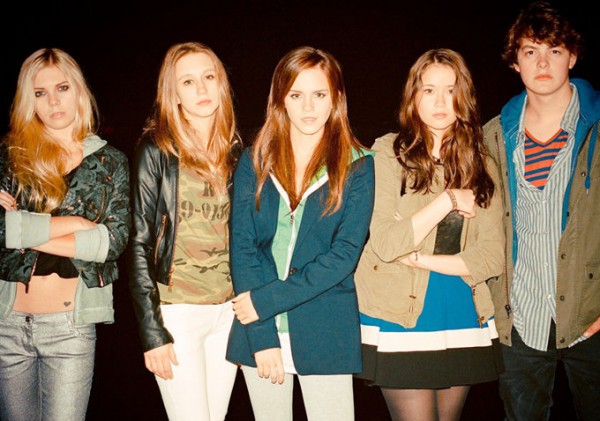
Sofia Coppola’s romp dramatizes Nancy Jo Sales’ famous Vanity Fair feature about a group of audacious Los Angeles teenagers who stole millions in jewelry and fashion from celebrities’ vacant homes. Early aughts tabloid icons like Paris Hilton, Lindsay Lohan, Rachel Bilson, and Orlando Bloom were among those burglarized by the high schoolers, who ensured that the houses were empty by following the stars’ movements on TMZ. Ever self-aware, Coppola clearly saw this story as a way of reflecting on a culture she, as a former rich LA teen herself, would have been intimately familiar with.
The result is the least heisty heist movie ever made. The subjects of this film are not seasoned conmen. It’d be generous to say they plan anything they do. They are impulsive young people devoid of consequence, valley girl Icaruses whose designer wings read JUICY in big, bold letters beneath the intensifying SoCal spotlight.
Always hyper conscious of her films’ atmospheres, Coppola constructs a bubble for these characters—a glossy veneer easily punctured by the slightest investigation. This veneer extends beyond the teens to their parents, of whom disturbingly little is shown. The only meaningful parental presence comes through Leslie Mann, who is deep in her comedic bag as a mother homeschooling her three girls using an ad hoc curriculum based on The Secret, a widely sold self-help book that equates wisdom with pseudoscience and cosmic clichés. In an inspired bit of casting, Emma Watson plays Nicki, Mann’s daughter and a particularly vapid member of the caper crew.
Watson isn’t “good” in the film—no one is, really—but she’s perfect. Only two years removed from Harry Potter and the Deathly Hallows Part II, she can’t quite shake the Hermione or the precocious British accent from her valley girl vibe, but it’s actually the visible labor itself that gets to the core of the character. Nicki and her friends try so desperately for their ray of celebrity sunshine that they all but melt in the pursuit.
8. Widows (Steve McQueen, 2018)
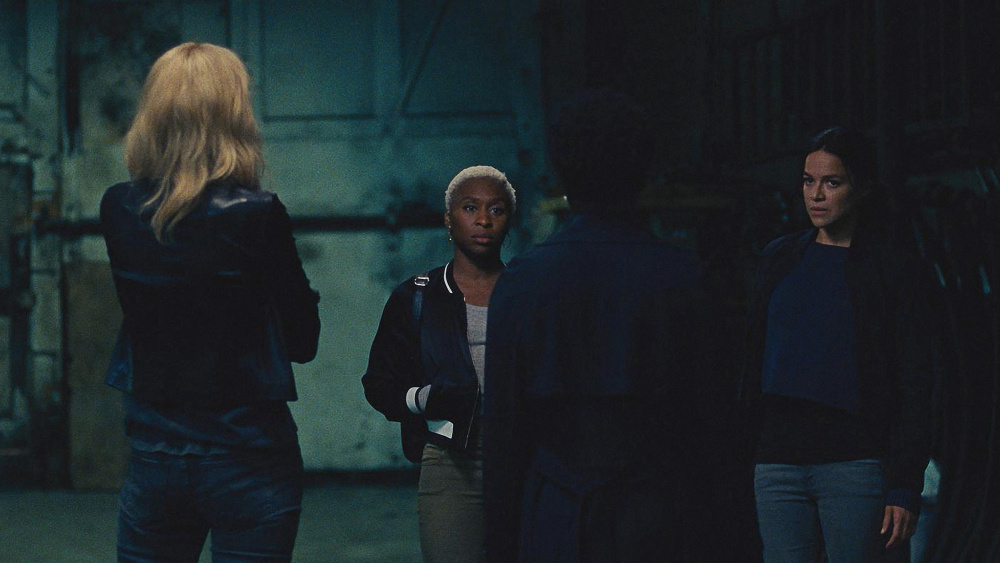
British auteur Steve McQueen didn’t direct a feature for five years after 12 Years a Slave won best picture at the 2014 Oscars. When he finally dove back in, it was for Widows, a star studded heist film that, much like The Aura, isn’t really about the heist at all. Widows explores what it’s like to be left behind—by family (living and dead), by society itself—and what becomes possible in the wake.
The all-star ensemble includes Daniel Kaluuya, Liam Neeson, Robert Duvall, Colin Farrell, Elizabeth Debicki, Brian Tyree Henry, Michelle Rodriguez, and Jon Bernthal among others, but it centers on Viola Davis, the forthright leader of a group of widows who, out of sheer desperation and gall, take on a pre-planned heist in the aftermath of their husbands’ sudden deaths. Davis lends a gravitas and emotional heft to Widows. Without her, McQueen would have been hard pressed to mine the genre for the riches he extracts out of this film. It’s a pitch perfect, utterly humorless performance that few, if any, actors going could have pulled off. (How many movie stars embody such severity and vulnerability in a single look?) It was bizarre in the moment that the Academy completely overlooked McQueen, Davis, and the film as whole. Five years later, it’s even more inexplicable. Widows is a gem.
7. Logan Lucky (Steven Soderbergh, 2017)
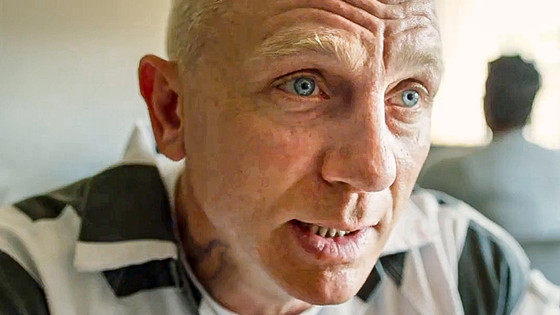
If not for Fabián Bielinsky, Steven Soderbergh would be the undisputed champion of the heist subgenre. He might still be. The man followed up Out of Sight—one of the best movies of the ‘90s—with Ocean’s Eleven, which is among the best movies of the aughts and essentially redefined what was possible in a heist film. (For the record, although many are in their feelings about the final heist’s outrageously heightened sense of self, Ocean’s Twelve is every bit as inventive and entertaining. And No Sudden Move isn’t half bad either.) It seems impossible that a single person could go back to the well this often and keep filling his bucket with fresh heists, and yet, Soderbergh continues to defy the odds. 2017’s Logan Lucky was no exception.
Part of what makes Soderbergh’s heists so entertaining is that they’re only interested in character to a point. The real protagonists of these films are the jobs. That his characters have well defined personalities and are enlivened by charming and beautiful actors wildly enhances the quality and excitement, but the films don’t really pretend to care about internal arcs. In Logan Lucky, Jimmy Logan (Channing Tatum) learns absolutely nothing about himself or the world around him, but it makes no difference. Tatum is so magnetic, so gorgeous, and delivers his lilting West Virginia lines with such confidence that it’s impossible not to care about what happens to him. The same can be said for Adam Driver, who plays his brother, and Daniel Craig, who intentionally or unintentionally used Joe Bang as a practice run for Benoit Blanc.
But Soderbergh’s real masterstroke in Logan Lucky is that the heist hardly needs any explanation. The set-up is clean and efficient. Added wrinkles are mostly shown in montages. Aside from a few brief expositional scenes (including one particularly brilliant bit where Daniel Craig explains how to make a bomb out of gummy bears and bleach), audiences understand this heist almost entirely through atmosphere and imagery. In an alternative universe, Soderbergh might have made Lucky as a silent film, and with some slight adjustments it might have been equally vibrant.
6. Victoria (Sebastian Schipper, 2015)
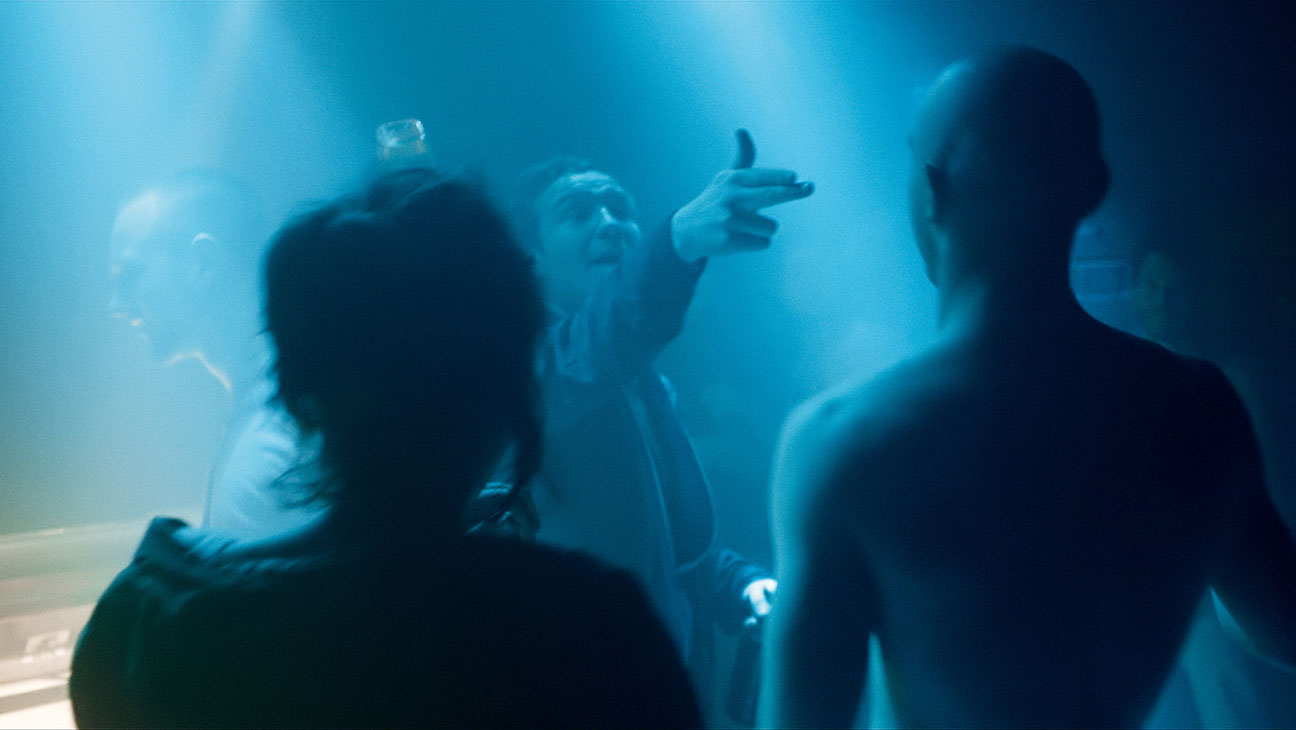
When applied to filmmaking, the term “athletic” should generally be understood as “virtuosic filmmaker showing off cinematographic chops with (probably unnecessarily) long shots.” So, for the most part, one-shot films can generally be considered prodigious gimmicks unless proven otherwise. And for the most part, Sebastian Schipper’s Victoria proves otherwise.
Victoria spends one insane night in the life of a young Spanish woman (the titular Victoria, played by Laia Costa) who recently relocated to Berlin. The story begins around three o’clock in the morning, just as Victoria is leaving an underground dance club. As she exits, she runs into Sonne (Frederick Lau), a young, disaffected Berliner making trouble with three of his buddies. Charmed by the prospect of making friends, Victoria bites at Sonne’s offer to show her the “real” Berlin. As the night devolves, Victoria is improbably (and yet somehow realistically?) coerced into becoming the group’s getaway driver as they pull an ad hoc job on a small bank.
All the events of this film take place between three o’clock and sunrise, but by the end it feels like Victoria—and the audience by proxy—has lived a long, tortured lifetime. This is among the drunkest movies of all time. Its pace shifts wildly from molasses—the first hour of this film muddles through two drunken strangers speaking in their messy second languages—to heart palpitations, and its shaky handheld camera skillfully inhabits that blurry space between drunken exploration and legitimate danger. As a result, the camera doesn’t feel like a gimmick. It feels like Victoria’s GoPro as she bellyflops into the strangest night of her life, and what the audience gets from it isn’t some showy use of force, but a brief and voyeuristic glance into the lives of frustrated young people seeking connection and a sense of direction.